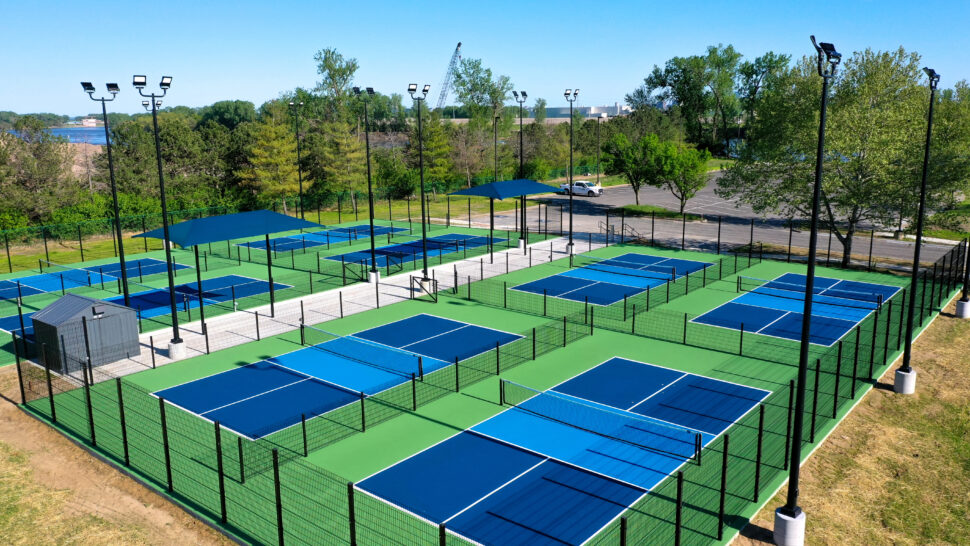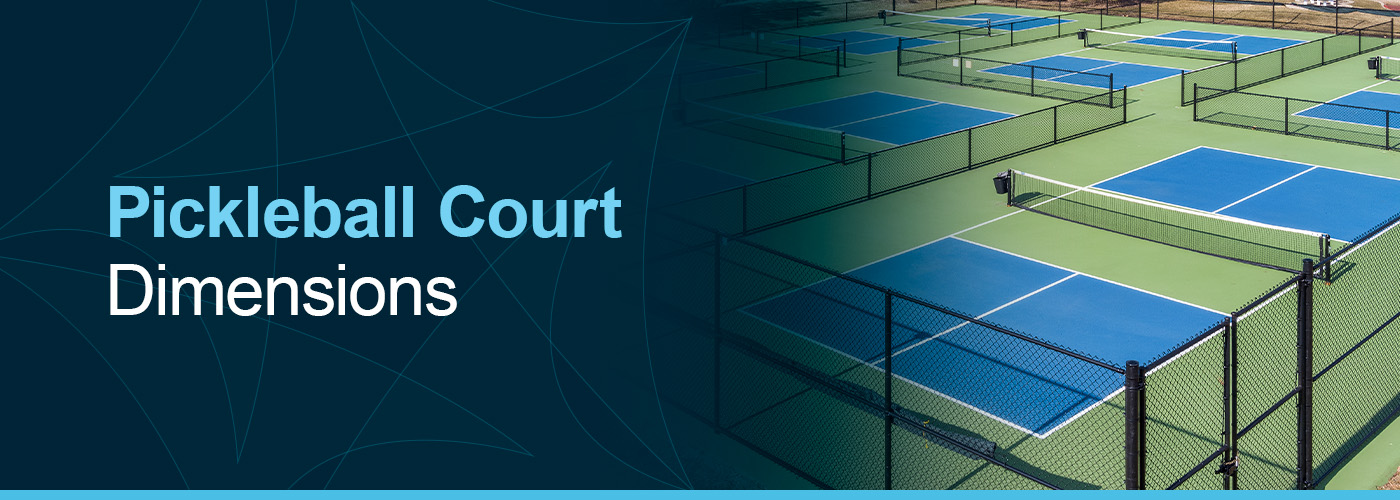Increase Local Engagement With Community-Driven Pickleball Court Projects
The development of community-driven pickleball court jobs offers an one-of-a-kind opportunity to promote regional involvement and enhance area connections. By actively entailing homeowners in the preparation and execution stages, such initiatives not only develop recreational spaces yet additionally advertise a shared feeling of possession. Comprehending the actions to start these projects, consisting of reliable stakeholder involvement and resource allowance, is essential. Nevertheless, the real question remains: exactly how can these grassroots initiatives be tactically executed to make sure sustainability and inclusivity in diverse areas? Checking out effective study might give the insights needed to answer this critical issue.
Significance of Area Interaction
Community interaction is a crucial component in the effective development of pickleball court projects, as it fosters a feeling of possession and cumulative duty among residents. When area participants are proactively involved in the preparation and execution phases, they are more probable to advocate for the project's lasting success. Involving stakeholders such as regional players, households, and entertainment groups guarantees that the facilities satisfy the varied requirements and choices of the area.
Additionally, area engagement grows a helpful setting where locals feel encouraged to contribute their ideas and resources. Pickleball court construction. This collective strategy can cause cutting-edge options that boost the style and performance of the courts, making them a lot more attractive to a broader audience. In addition, involving citizens in decision-making processes can enhance social ties, advertising inclusivity and unity within the neighborhood
The exposure of community assistance for a pickleball job can additionally play a critical duty in securing financing and authorization from local authorities. By showing a shared commitment to recreational advancement, neighborhoods can effectively support for resources and policy modifications that prefer the facility of pickleball courts, eventually enhancing the local culture and recreational landscape.
Actions to Initiate a Task
Launching a pickleball court task requires a systematic technique that builds on the foundation of area involvement established in previous discussions. The very first step is to put together a job board consisting of neighborhood stakeholders, enthusiasts, and reps from pertinent companies. This diverse team guarantees that numerous viewpoints are taken into consideration.
Next, perform a requirements analysis within the neighborhood. Surveys, emphasis groups, and public meetings can be efficient in evaluating interest and celebration input on possible court areas, wanted facilities, and organizing choices. Following this, create a job plan outlining duties, timelines, and objectives.
When the plan is in place, engage with regional authorities to recognize zoning regulations and any essential permits. Communicating transparently with the neighborhood throughout this procedure is essential, as it promotes count on and motivates further engagement.
Additionally, organizing community occasions can assist maintain energy and enthusiasm. These occasions can serve as systems for more conversation and aid to strengthen community connections. Last but not least, paper every action taken and keep in-depth documents, as this will certainly be beneficial for future stages of the project, including financing and source purchase.
Financing and Resources Available
Protecting financing and resources for a pickleball court task is commonly an essential step that can identify the task's expediency and success. Various opportunities exist for getting financial backing, ranging from public financing to private sponsorships. Local government gives, commonly targeted at advertising neighborhood health and wellness and leisure, can offer substantial monetary support for such campaigns.
In addition to government sources, nonprofit companies and foundations regularly provide grants particularly for sporting activities and area advancement projects. Involving regional companies as enrollers can additionally be a worthwhile strategy; many firms are excited to purchase community efforts that boost their corporate social responsibility profile.
Crowdfunding platforms have actually emerged as a viable option for grassroots fundraising, enabling area participants to add straight to the task. This approach not only raises funds however likewise promotes a feeling of possession among individuals.
Style and Planning Factors To Consider
Effective style review and planning are essential parts of any type of successful pickleball court task complying with the procurement of funding and sources. A thorough evaluation of the important link suggested location is crucial; this consists of examining availability, proximity to existing community features, and the possibility for exposure and involvement.
The design of the court need to comply with official dimension specifications while taking into consideration the bordering environment. Integrating functions such as seating, color frameworks, and suitable lights can significantly improve player experience and viewer satisfaction. Products picked for the court surface area must focus on toughness and security, with alternatives like acrylic or asphalt offering optimum efficiency.
Including neighborhood participants in the design process cultivates a feeling of possession and makes certain that the center satisfies neighborhood needs - Pickleball court construction. This can be achieved via public consultations and studies, allowing stakeholders to share their preferences and worries
Sustainability must additionally be a top priority; including eco-friendly materials and practices can add to lasting viability. Developing a maintenance strategy to guarantee the court stays in outstanding condition will sustain recurring area interaction and involvement in pickleball tasks.

Success Stories and Study
Highlighting the transformative influence of community-driven efforts, several success stories show how collective initiatives have caused the growth of vibrant pickleball courts throughout different areas. One noteworthy instance is the effort in a little town in Florida, where homeowners united to convert an underutilized tennis court into a committed pickleball center. With fundraising events and collaborations with local companies, the area raised sufficient funds to install new nets, resurfacing, and lines, eventually promoting that site a vibrant hub for neighborhood gamers.
Similarly, in a suburb of The golden state, a grassroots activity emerged to develop pickleball courts in a neighborhood park. The project not just engaged volunteers for construction however also included workshops to engage community participants in the sporting activity. Because of this, the courts ended up being a focal factor for social interaction and health and fitness, drawing in players of every ages.
These study exhibit exactly how community-driven projects can boost local involvement, advertise exercise, and strengthen social bonds. By leveraging collective resources and interest, areas can effectively produce and sustain pickleball centers that offer varied populaces and cultivate a sense of belonging.

Final Thought
By prioritizing stakeholder involvement throughout the planning and implementation stages, these efforts can properly resolve diverse neighborhood requirements. Eventually, such initiatives add to the makeover of public rooms right into dynamic centers of health and fitness and social communication, strengthening community connections.
The introduction of community-driven pickleball court jobs offers an unique possibility to foster regional involvement and enhance area ties.Area interaction is a crucial aspect in the successful development of pickleball court tasks, as it cultivates a sense of possession and cumulative duty among homeowners. When area participants are proactively entailed in the preparation and execution phases, they are much more most likely to advocate for the job's lasting success.Initiating a pickleball court job needs an organized technique that constructs on the foundation of area engagement established in previous discussions. The task not only engaged volunteers for building but additionally consisted of workshops to involve community members in the sporting activity.